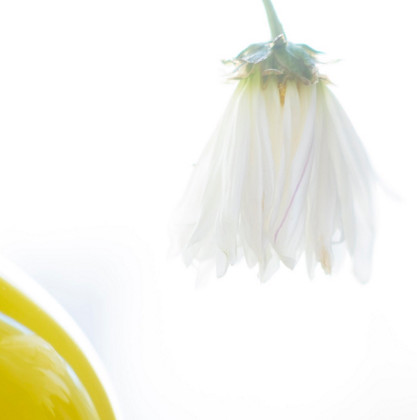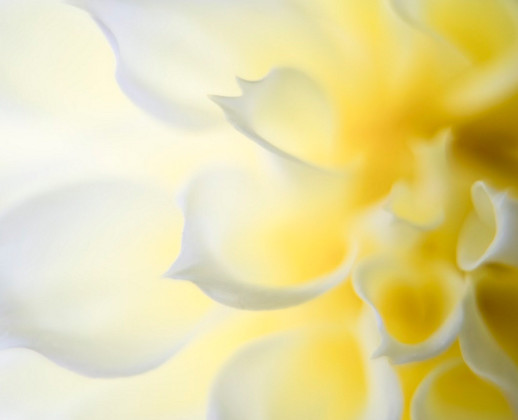Visual Weight
Here is another great excerpt from Steve Gustafson that is crucial for capturing a subject and oftentimes more importantly guiding how we post process an image. If we can ask ourselves what kind of visual weight do we want to express with this image, then we have a pretty good idea of what kind of processing we will want to do.
Steve Gustafson:
Writer/poet Maya Angelou said, “Everything in the universe has a rhythm, everything dances.” A rhythm found in one discipline will soon reveal itself inside another. For example when we listen to music we often refer to it as being “heavy” or light. Compare, for example, the music of Ozzy Osbourne to someone like Enya. Ozzy plays his songs loud, pounding out bold notes and chords that induce tension and excitement. Enya plays each note softly, allowing them to flow into each other producing melodic tones that are light and soothing.
In the visual arts like photography, we describe this lightness or heaviness as “visual weight”. This visual weight has the same ability to create a feeling in the mind of the viewer as music does to a listener.

In the first image we have produced a light and airy feeling by overexposing the image. This is often referred to as “high key”. Notice that it is the tonality and softening of the lines that creates a delicate feeling.

In the second image the same flower is used but with darker tones and sharp lines that define each petal. These dark tones and sharp lines create a feeling of heaviness. Even though the subject is the same in each picture, the mood or feeling is opposite.
Visual weight is an important tool in creating a desired feeling in a photograph. The process begins with the exposure. As you can see in the images above, overexposing or underexposing the image is the first step in creating visual weight. However, this visual weight can be created in post processing. Sharpening, increasing contrast, blacks and saturation add visual weight while soft focus, reducing contrast and brightening images lightens visual weight. These post processing techniques help a viewer feel an intended emotion.
Whether it is a flowers weight succumbing to gravity as it dies

or the light feeling from the delicate petals of a spring flower

Visual weight changes a photograph from a snapshot to an image that evokes a feeling in the mind of the viewer.


